Don't be surprised to see the Suzuki GSX 1300 R Hayabusa here at Razão Automóvel, a car website.
We are eclectic. We appreciate all expressions of audacity and human ingenuity, regardless of the number of wheels.
And why this highlight now? Because on December 31st, Suzuki Hayabusa was no longer marketed in Europe.

The entry into force of the Euro 4 anti-pollution standards in 2016 (there was a two-year moratorium on models already on sale), forced Suzuki to put an end to Hayabusa's reign at the end of 2018.
It is true. Anti-pollution regulations do not spare anything or anyone, from two to four wheels...
So, 20 years later, Hayabusa's story came to an end.
An ending that was the perfect excuse to leave the cars in the garage for a day, and write about my second crush: the two wheels.
More specifically about the Suzuki Hayabusa, the “queen of speed”. A motorcycle that, despite being fast, was as ugly as a slug with three days in the field (feel free to disagree…).
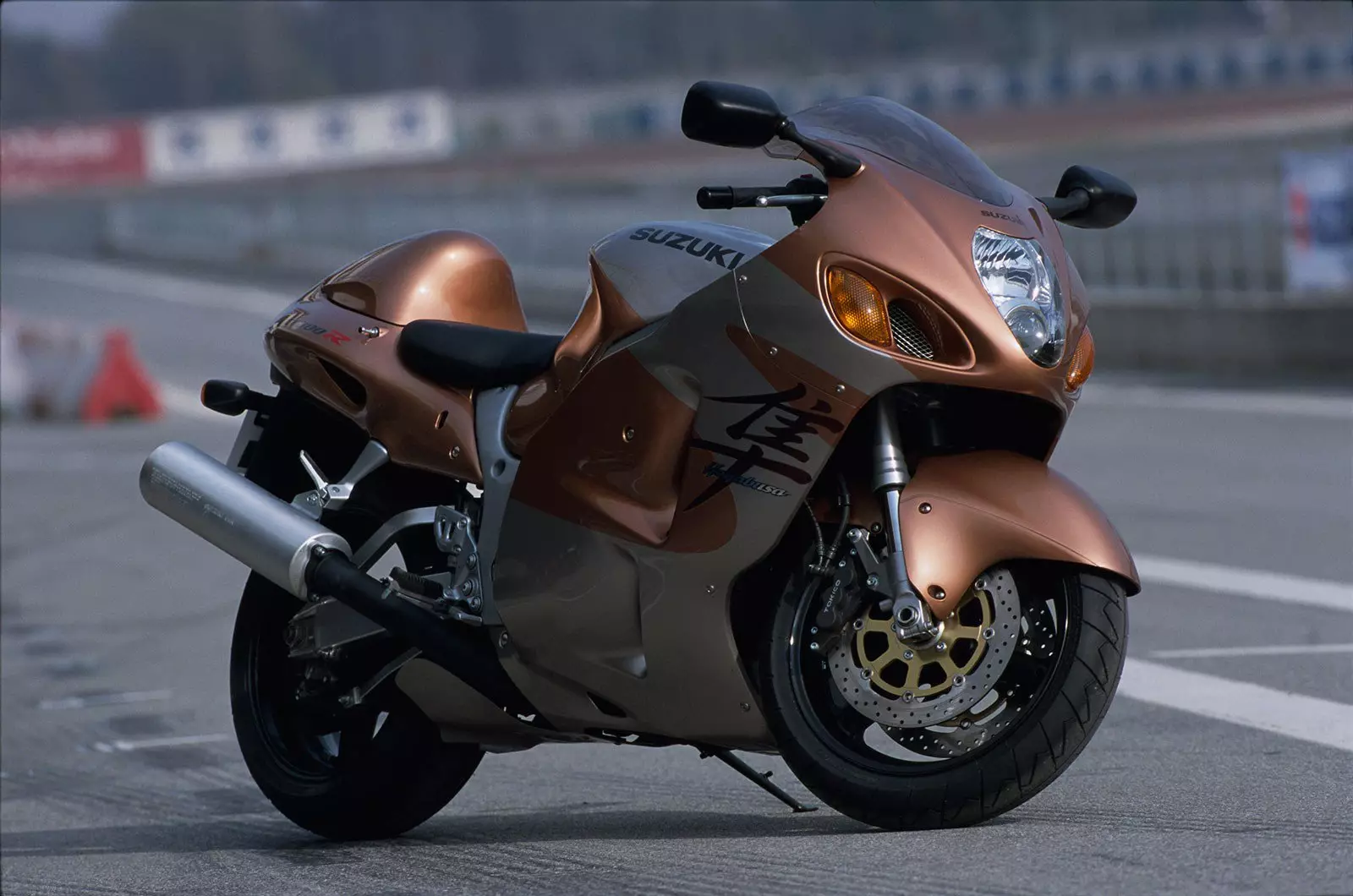
After the introduction, fasten your coat, put on your helmet, lower your visor and curl your fist because we're going to take a trip back in time.
But before that, see what a three-day-old snapper looks like:
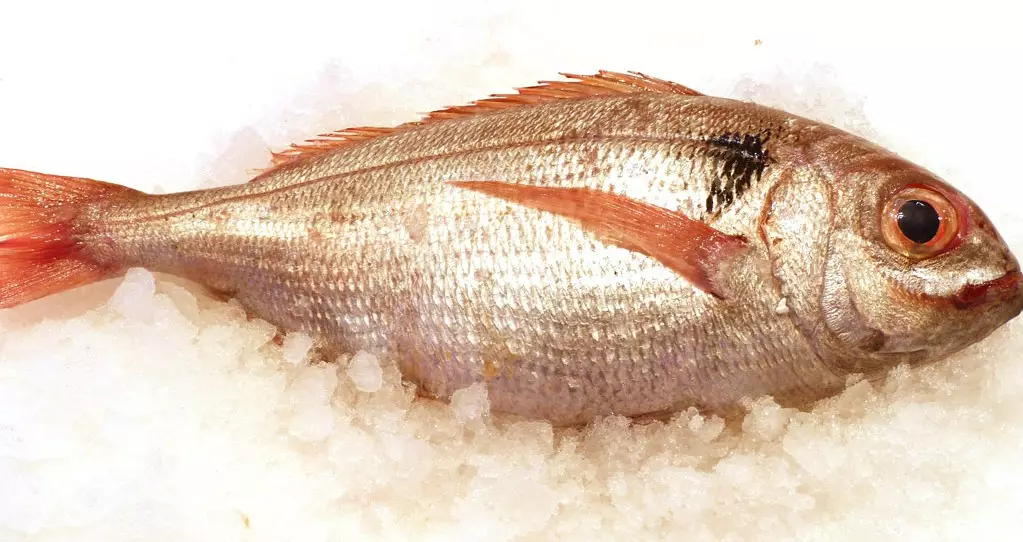
Suzuki Hayabusa. Once upon a time 20 years ago
It was 1999. The year the world stopped to contemplate the launch of the brand new Japanese man-guided missile: the Suzuki GSX 1300 R Hayabusa.
At a time when social networks were non-existent, mobile phones still had buttons and the internet was a privilege of a few, Hayabusa managed to go viral. A kind of two-wheeled Gangnam Style. This at a time when the concept of viral didn't even exist…
After his presentation, there was nothing else to talk about. And the reason was just one:
The Suzuki GSX 1300 R Hayabusa was the first production motorcycle in history to reach the mythical 300 km/h barrier.
The world was in shock with Hayabusa's numbers. So in shock that there were those in Brussels who advocated limiting the maximum speed of motorcycles sold in the EU.
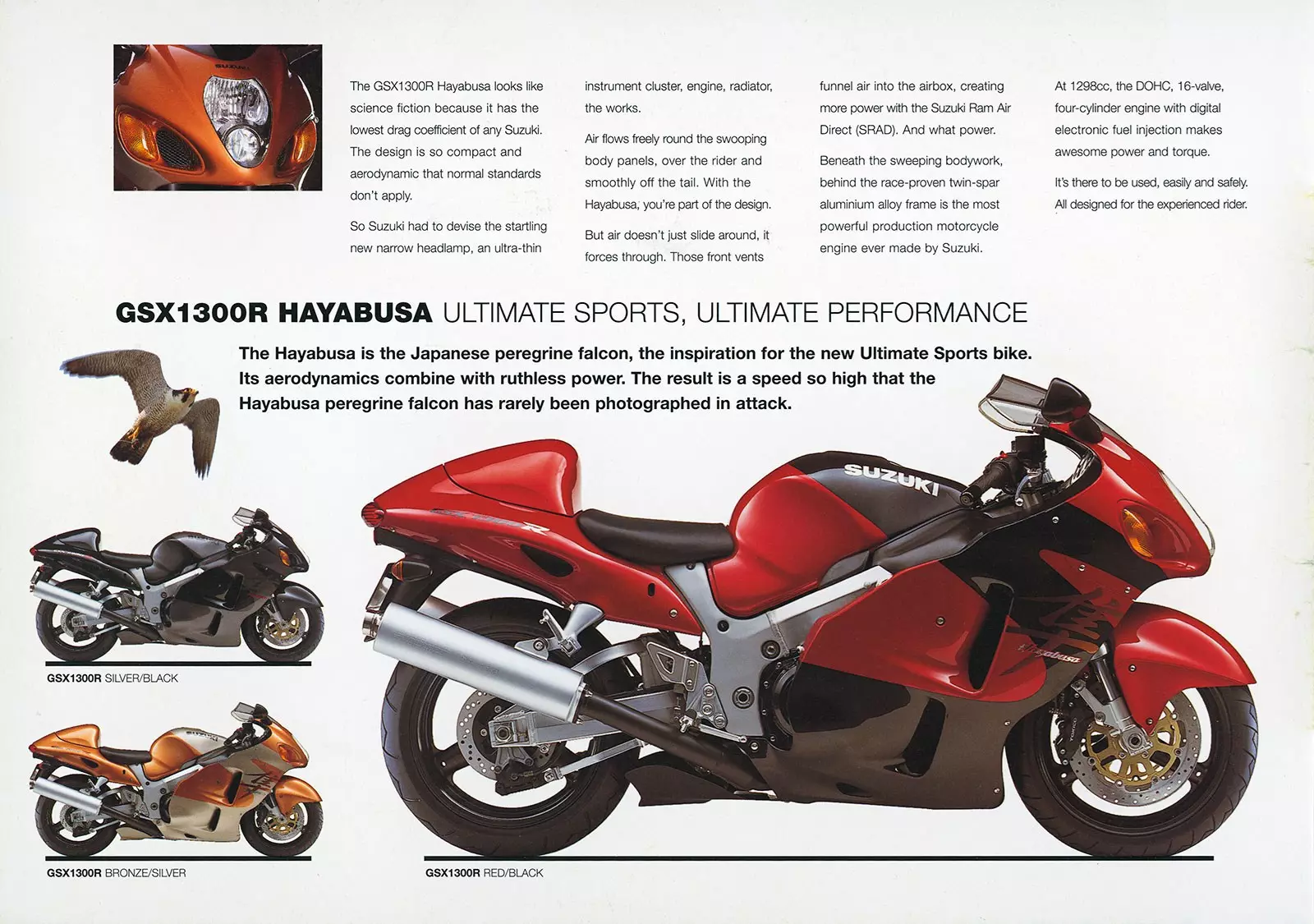
For the rest, the fear of policy makers and pundits commentators contrasted with the enthusiasm of the general public. Interest in Hayabusa was so great that its launch became newscast.
For the first time in history, it was possible to reach 300 km/h for less than 4 thousand contos (about 20 thousand euros).
I don't remember any other motorcycle that has deserved the same hours (and honors) of news that Hayabusa deserved.
The mythical 300 km/h
The 90's were marked by an unbridled search for speed, whether on two or four wheels. Correct me if I'm wrong, but I think it was the decade where speed sold the most. Just remember the McLaren F1, among others…
But going back to two wheels, reaching 300 km/h was a feat that had long been pursued by major Japanese brands. None had made it… yet.
The first attempt to overcome the 300 km/h (albeit timid) came from Kawasaki, with the ZZR 1100 and, shortly afterwards, in a more committed way, it was Honda's turn, with the CBR 1100 XX Super Blackbird.
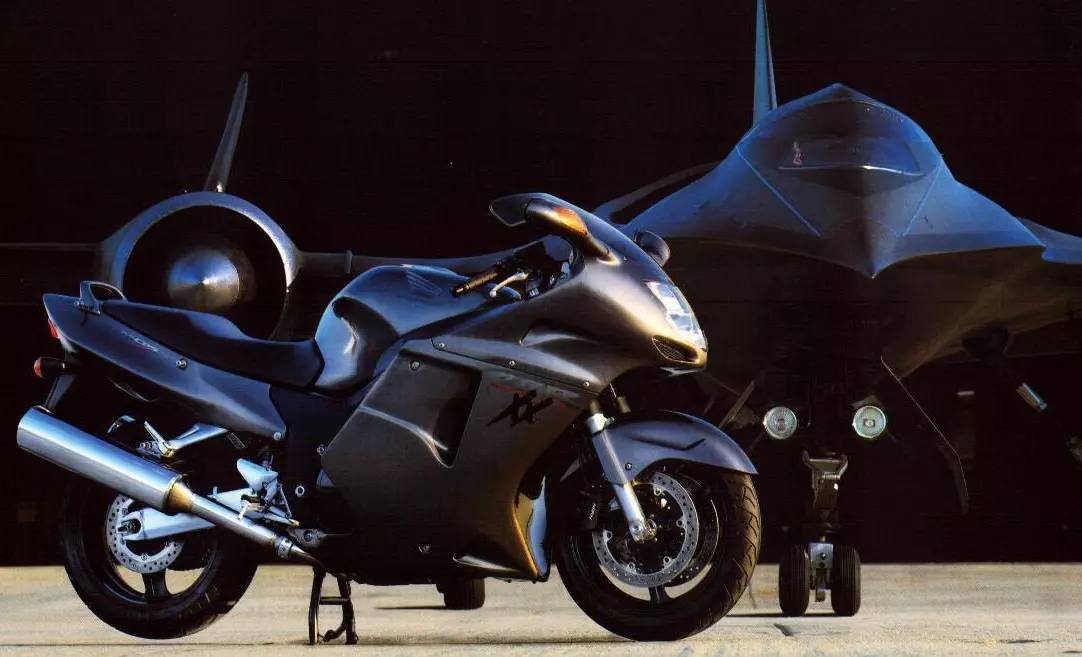
Among so many good bikes, it was Hayabusa's top speed that made it stand out from the crowd. Everyone was talking about the new Suzuki motorbike, which exceeded 300 km/h.
The Suzuki GSX1300R Hayabusa arrived, saw and won:
How to break the 300 km/h
The world was in shock with Hayabusa's power and performance. But no one was too impressed with the look of it.
Exceeding 300 km/h required not only a powerful engine, but also competent aerodynamics.
That's why Suzuki has given its human-guided missile fairings a less harmonious look than its competitors. “A motorcycle carved by the wind” was one of the phrases most repeated by Suzuki PR’s when faced with the need to explain Hayabusa's shapes.
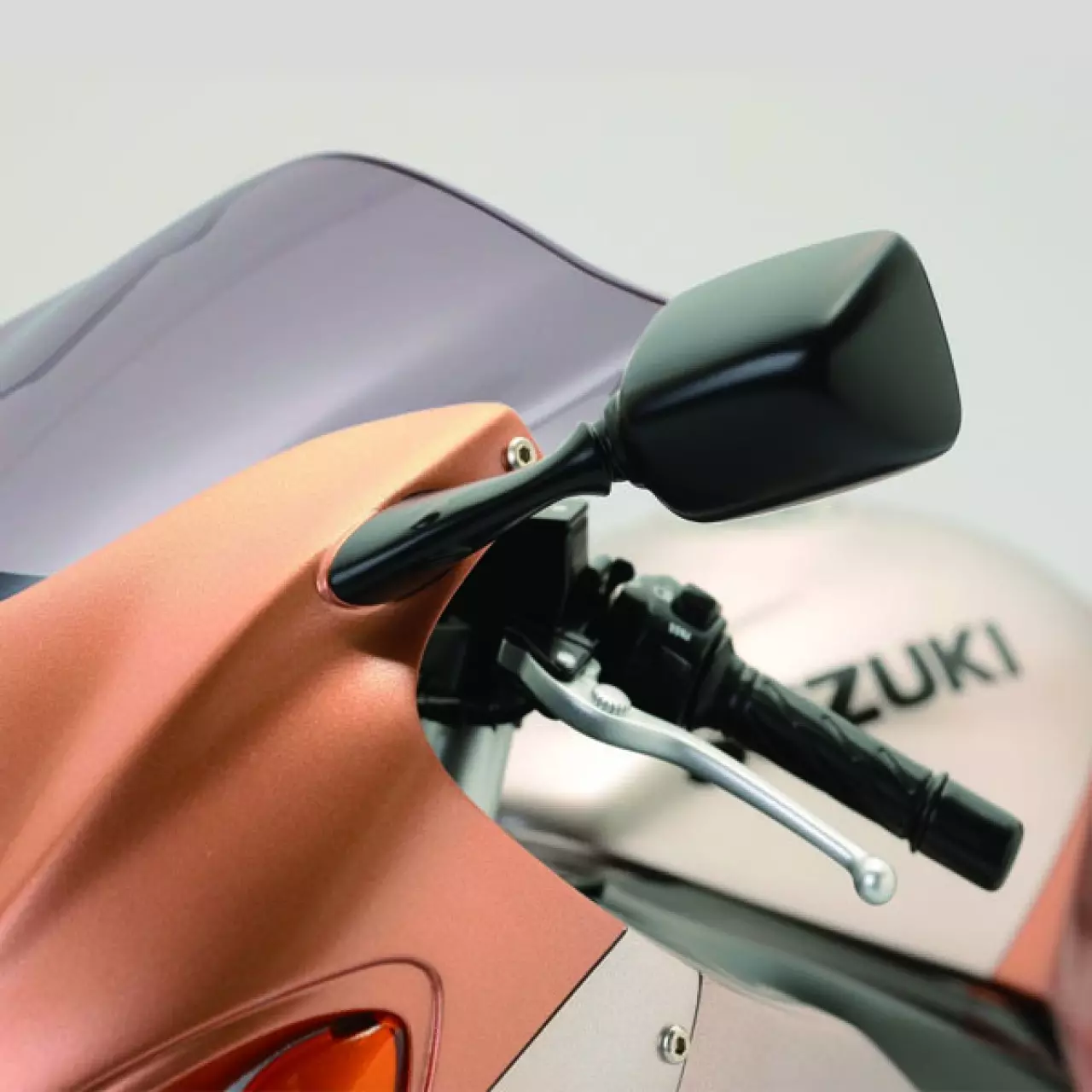
Want examples of elements that served aerodynamic purposes? Let's do it. I'm writing from memory so it's possible that some might fail…
The XXL front fender was not only good for keeping out debris, it also served to lessen turbulence and reorganize the air around the fairings. The turn signals were built into the fairing for the same reasons.
More examples? The hump that covered the passenger seat or the headlight that also had aerodynamic purposes. And so on…
To close the topic of what the Suzuki Hayabusa looks like, I have to say this: I think the weather has done it good. The truth is...
At the time, I remember not liking their shapes in the slightest. Today, I confess that I even have some sympathy for the forms subjugated to the Suzuki Hayabusa function.
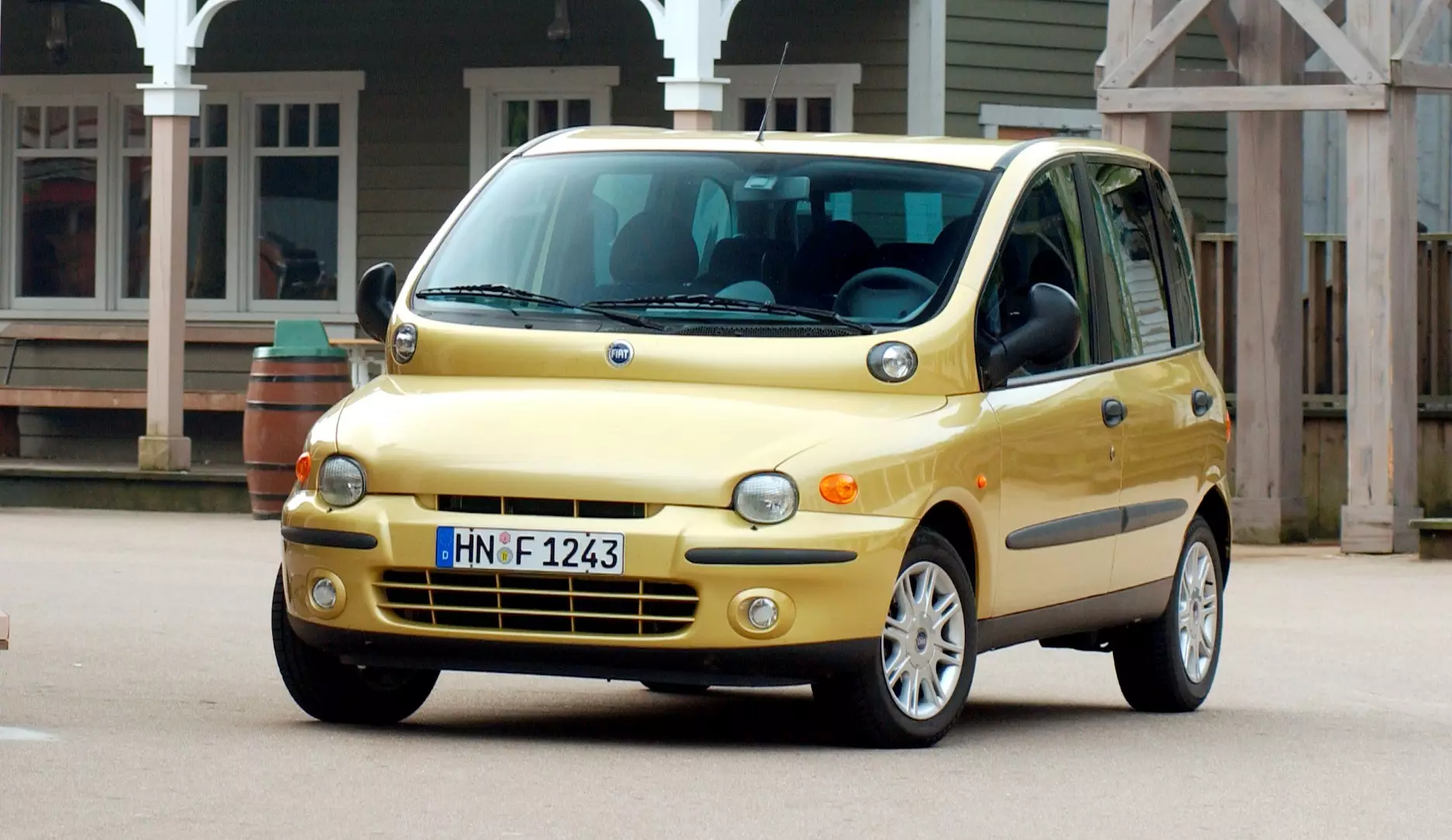
Without an engine there are no miracles
Did you know that from 60 km/h air friction is higher than rolling friction? And that air resistance increases exponentially as speed increases.
To reach 100 km/h you don't need more than 8 hp of engine power, for example, a Yamaha DT 50 LC. But to reach 200 km/h it's not enough for you to double the power. You have to quadruple it and you will still fall short of that figure.
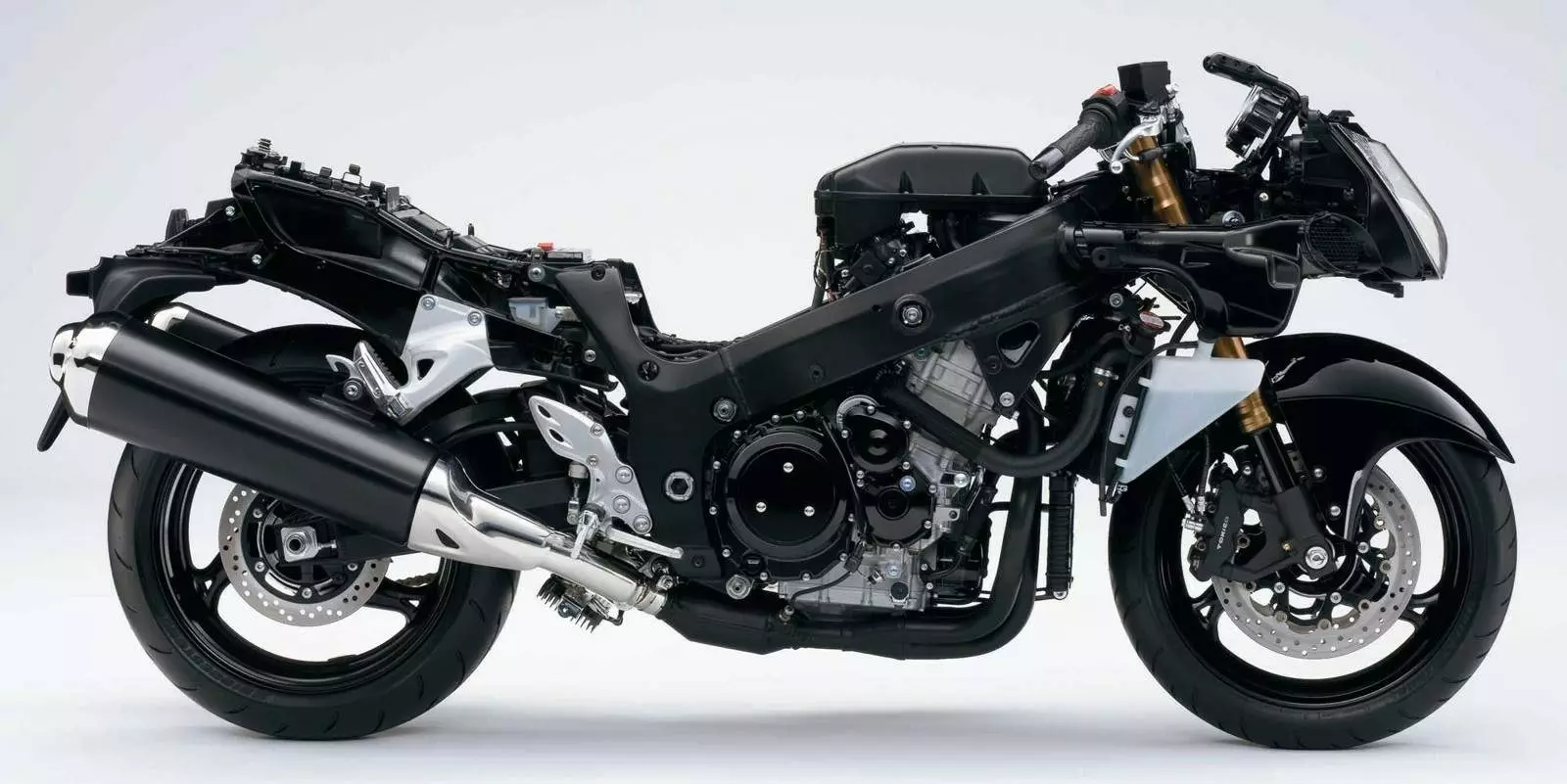
So, as you can imagine, to reach 300 km/h you need a lot of power, even a lot of power! Without a very powerful engine, there is no aerodynamics worth it. There are no miracles.
That's why Suzuki has equipped Hayabusa with an engine capable of turning the center of the earth.
We are talking about an inline four-cylinder engine with 1300 cc, capable of developing more than 175 hp of power and 140 Nm of maximum torque at 10 200 rpm. Lots of power to push just 215 kg of weight (dry).
The Suzuki Hayabusa had to come equipped with seat belts, such was not the power of the engine. To curl the fist required courage, strength of arms and a good pair of… tires.
The binary was so much that it was not necessary to explore the cut regime, but whoever did it was given the following values:
- 1st speed: 135 km/h;
- 2nd speed: 185 km/h;
- 3rd speed: 230 km/h;
- 4th speed: 275 km/h;
- 5th speed: 305 km/h;
- 6th speed: 317 km/h (record measured by the Guinness Book).
Even today, 20 years later, only two motorcycles were able to officially surpass the maximum speed of the Suzuki Hayabusa: the new Ducati Panigale V4R and the Kawasaki H2.
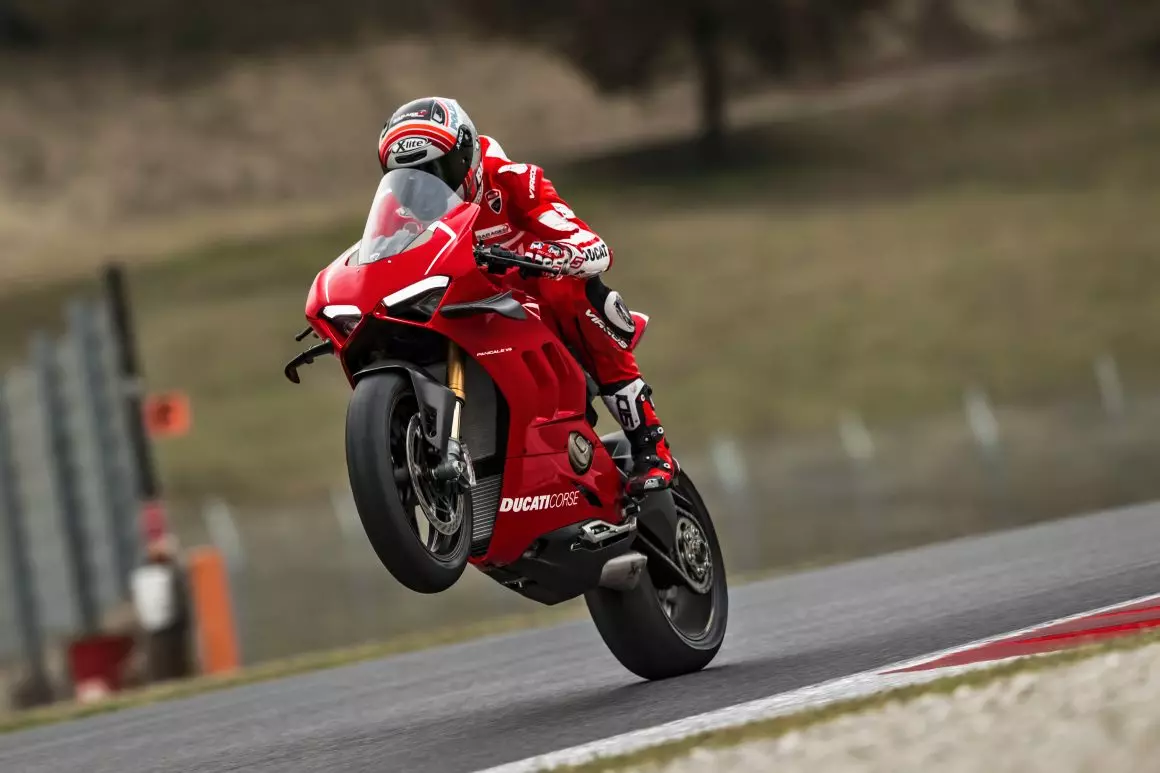
To give you an idea of how frightening these figures were in 1999, of all the tire brands involved in the Hayabusa project, only one has not given up: Bridgestone.
The rest turned their backs and called the Suzuki engineers crazy. They had a reason, truth be told.
On Bridgestone's side, having managed to develop a compound and a carcass that could withstand the demands of a 'beast' weighing nearly 300 kg, over 175 hp and 300 km/h without compromising safety was a remarkable engineering feat. .
a missile with good manners
Despite the power developed by the in-line four-cylinder and 1300 cm3, Hayabusa was not an indomitable beast. On more powerful accelerations, its generous wheelbase helped keep things more or less tidy, avoiding flashy wheelies and propelling the whole set forward.
In curves, despite the XXL dimensions, the ensemble excelled for the stability and confidence it conveyed. With no pretensions of being a superbike, Hayabusa was closer to the sports tourer concept. A category where comfort is also important.
Some say that Suzuki has even developed more powerful Hayabusa prototypes just to test the limits of mechanics and cycling. In this configuration, the Suzuki Hayabusa would be able to reach 350 km/h.
A value that won't impress the true connoisseurs of this Japanese motorcycle, considering the transformations that populate the internet.
The 1300 cm in-line four-cylinder engine 3 can withstand everything… or almost everything.
There are always those who are not content with what they have. Therefore, several companies have dedicated themselves over the years to developing power kits for the Suzuki Hayabusa. Some of them with the right to supercharging and all!
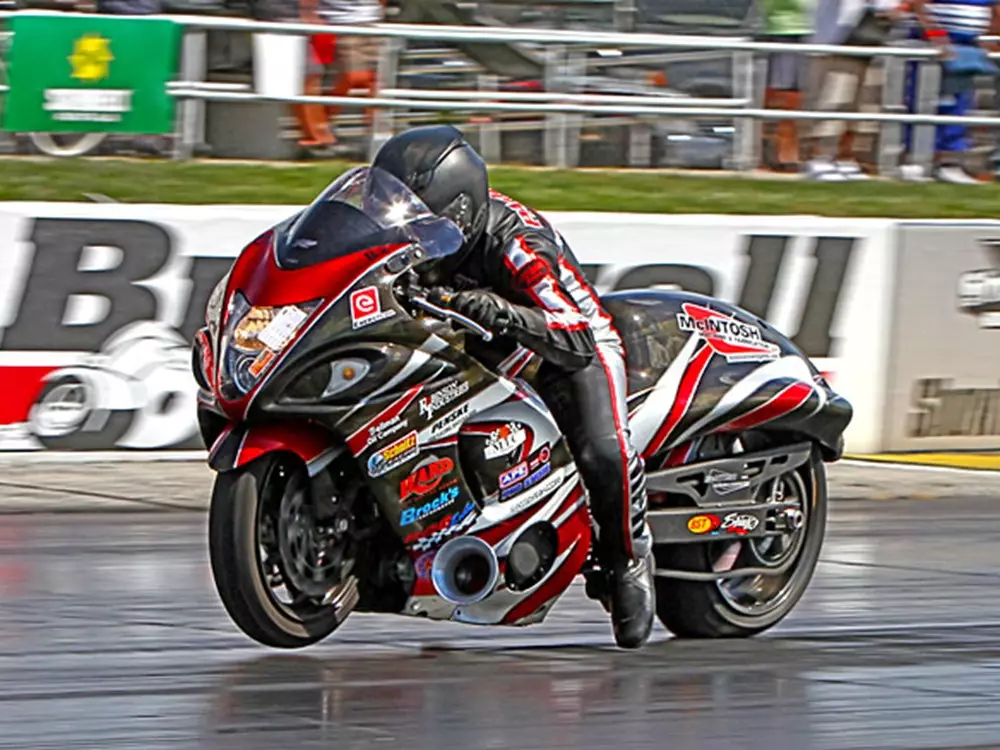
The Suzuki block can handle almost everything without major complaints. In the most extreme versions, we are talking about power values that exceed 500 hp! That's right… 500 hp.
It makes you want to have one at home, doesn't it?
2008. Sharpening edges.
Almost 10 years after its release, the Suzuki GSX 1300 R Hayabusa received its first notable updates. Its lines gained another intensity, the engine gained another 40 cm3 and for just 3 hp it did not reach the 200 hp barrier. It was nearby… 197 hp.
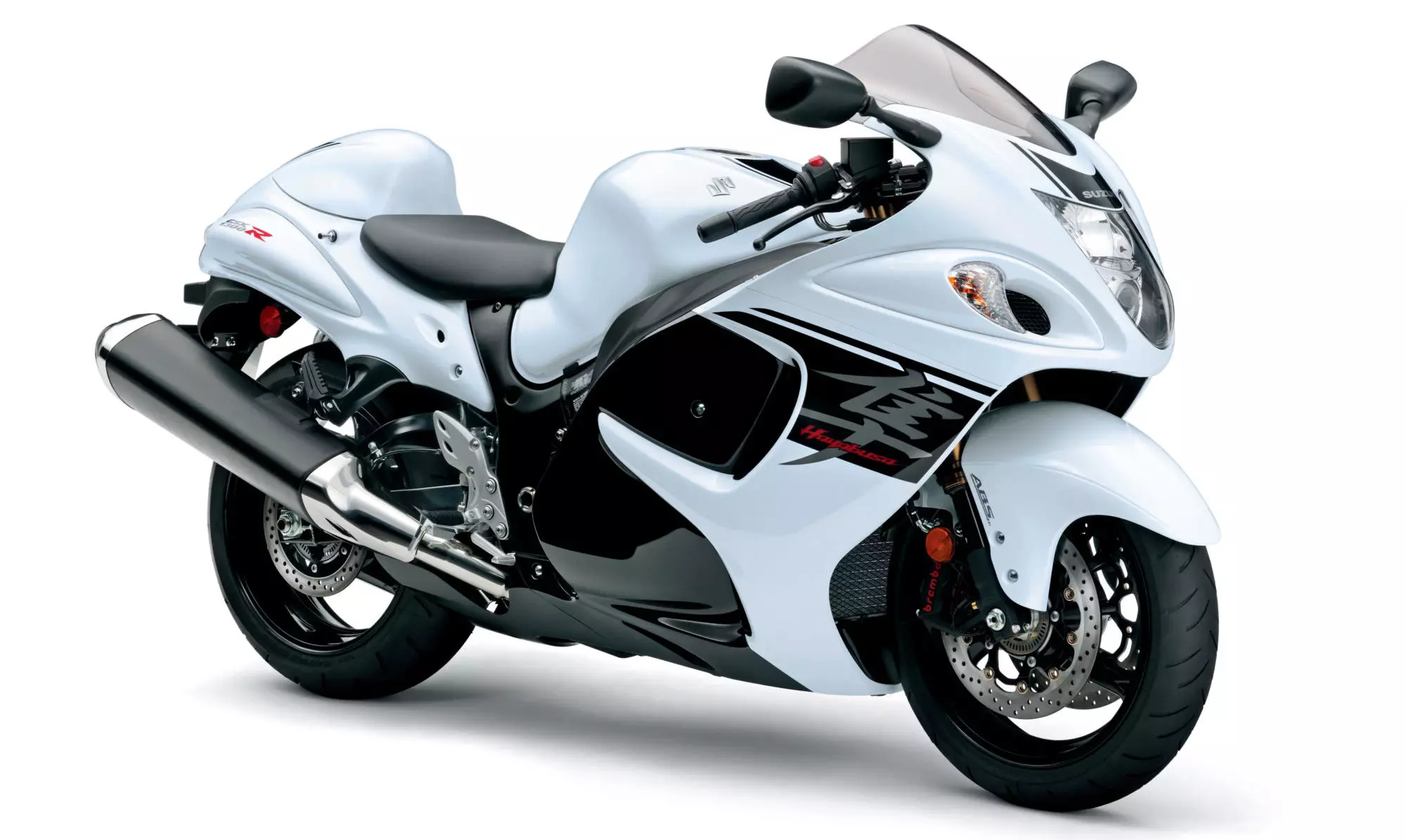
A very important update, mainly due to Kawasaki's attacks. First with the ZX 12 R and then with the ZZR 1400.
The ZX 12 R was beautiful, radical, and powerful…very powerful. I'll even put an image here.
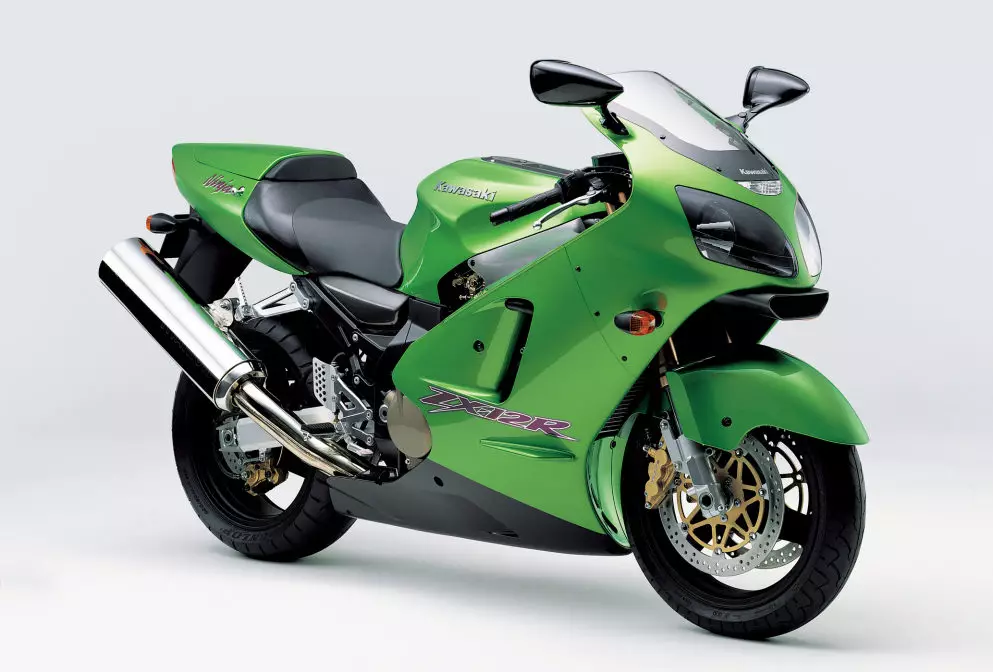
Compared to the Suzuki Hayabusa, the Kawasaki Ninja was more powerful, lighter, faster and more extreme. It was all this and also less docile… if you can speak of docility in motorcycles of this caliber.
So why has Ninja not had the same impact as Hayabusa? For various reasons, but mainly because it was an improvement over Hayabusa, but it didn't offer anything new.
Compared to the Ninja, the ZZR 1400 was an “animal” much closer to Hayabusa. But if the Hayabusa looked like a beetle, the ZZR 1400 looked like a spider…
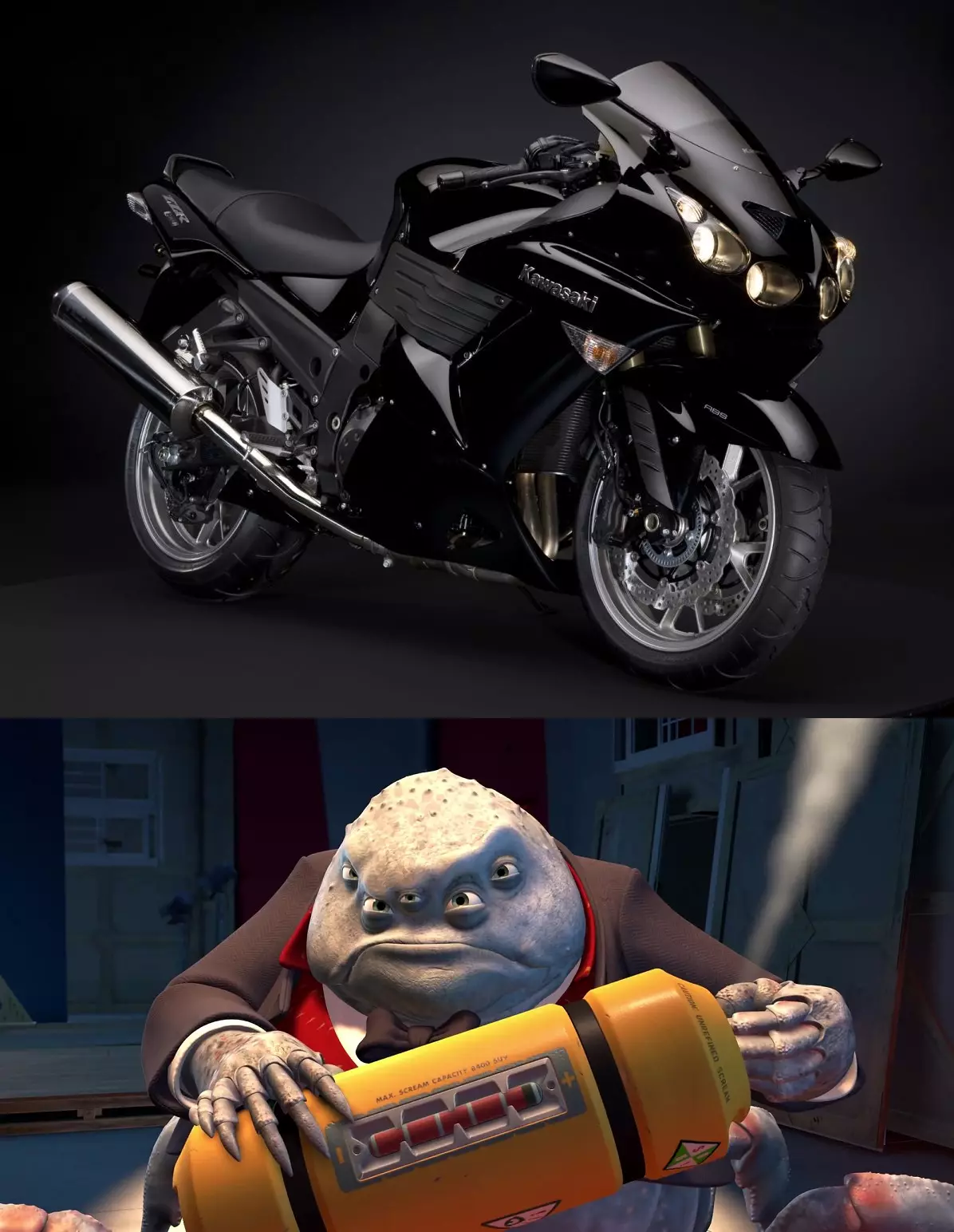
Later, BMW also wanted to join the party, with the K1200, but the madness of speed had passed. The world no longer vibrated the same way with speed.
A disinterest that, in part, also affected the builders. With the launch of the Suzuki Hayabusa, Japanese builders made a gentleman's deal. They decided to electronically limit their models to 300 km/h , in order to calm the spirits of politicians who defended stricter restrictions.
Limit even with a speedometer, because in some cases the engine continued to increase in rotation. But that was another story...
That decision “killed” the war for speed to this day.
Reach 300 km/h for less than 5000 euros
Buying a used motorcycle in Portugal is complicated. The market value of some motorcycles is too high for no apparent reason.
The Suzuki Hayabusa is an exception. Right now, it is possible to buy one in good condition for well under 5000 euros.
It's always a good deal, for several reasons. First, because it shouldn't devalue any more. Like the Honda Africa Twin or Super Tenéré (just to give two examples), Hayabusa also has a certain intrinsic value. By history, by its meaning, etc.
Perhaps the values will even rise slightly in the coming years.
Secondly because despite its age, it remains a current bike in terms of performance, behavior and comfort.
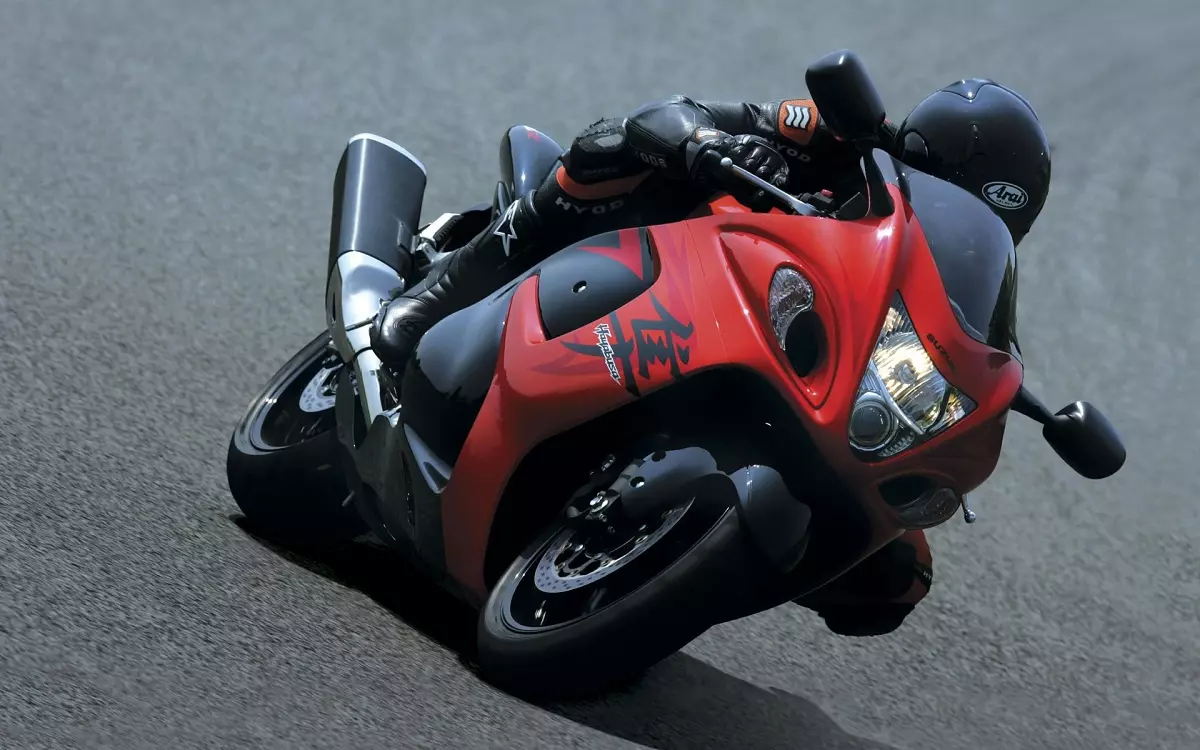
Thirdly, because it is very reliable. Well maintained, you will be guaranteed a companion for many kilometers of pleasure. I'm thinking about buying a used motorcycle, and if I didn't need to travel so much around town, maybe the chosen one would be Hayabusa. The cheapest way to go from 0 to 300 km/h.
What if you owned one? Well, if I owned one, I might not sell it.
Was it really the end of Suzuki Hayabusa?
This year marks the 20th anniversary of the emergence of Hayabusa. There are rumors that Suzuki is working on a successor.
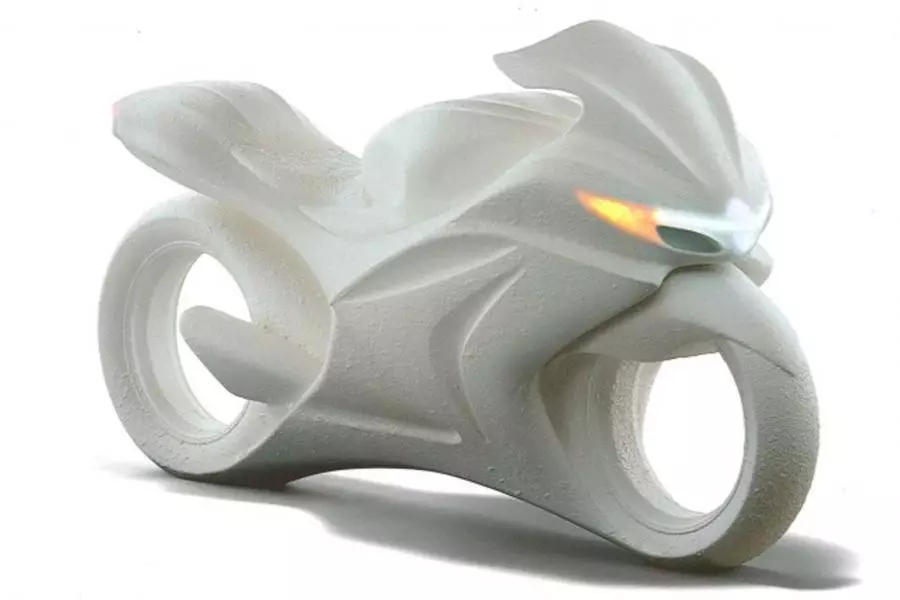
We hope these are not just rumors. With current technology, how far can Hayabusa's performance go?
It's one of those questions the world deserves an answer to. A quick answer! We'll see…
